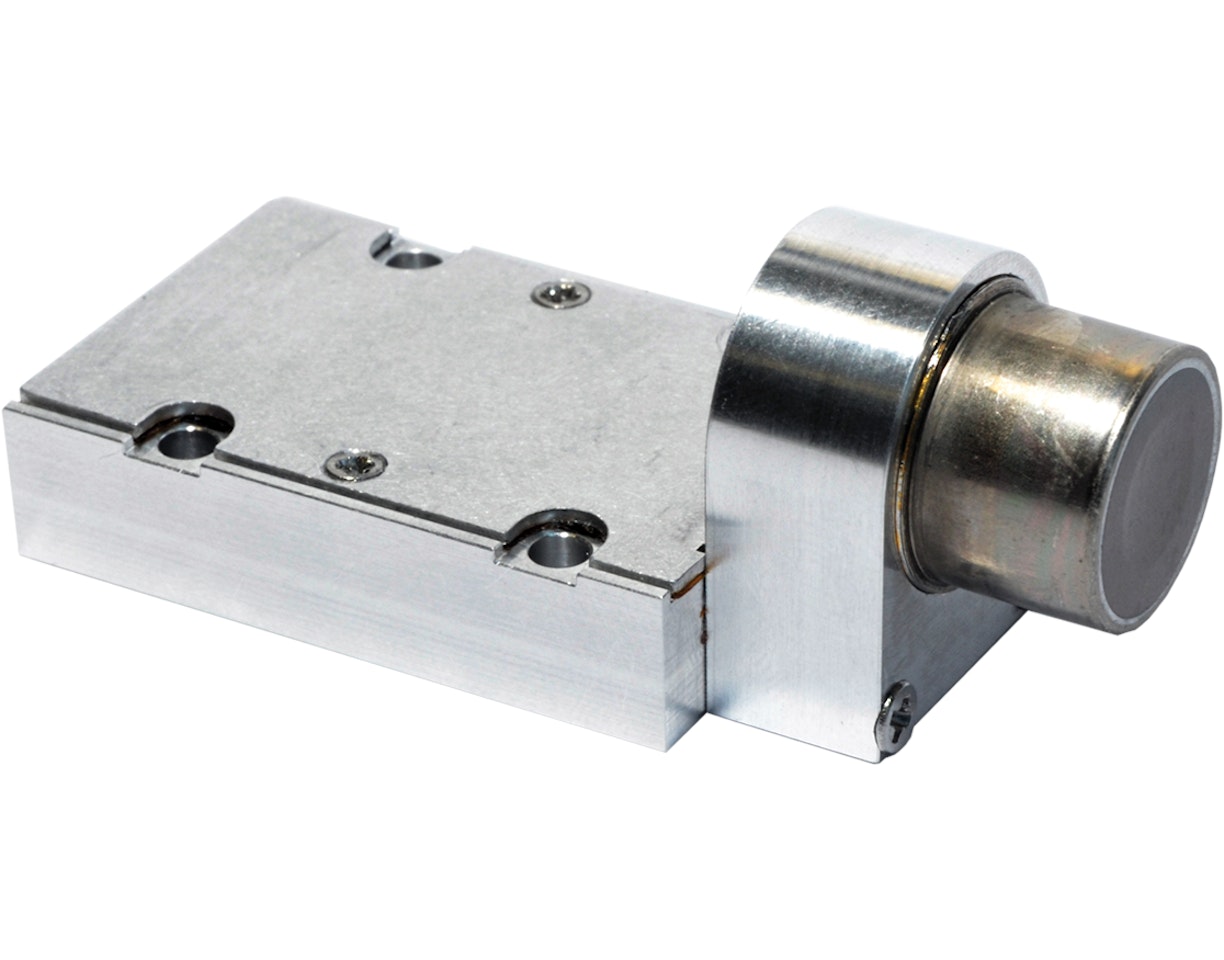
SXD30M-500-CM-PA X-PIPS™ Detector (SDD)
The X-PIPS Detector is a spectroscopy sub-system sensitive to X-rays and low-energy gamma rays.
The X-PIPS Detector is a spectroscopy sub-system sensitive to X-rays and low-energy gamma rays.
X-PIPS™ Detector (SDD)
The X-PIPS Detector is a spectroscopy sub-system sensitive to X-rays and low-energy gamma rays.
The X-PIPS Detector is a spectroscopy sub-system sensitive to X-rays and low-energy gamma rays. It comprises a hermetically sealed silicon drift detector (SDD) element with a low noise CMOS reset type preamplifier and Peltier cooler, an HV bias supply, and a temperature controller. The detector element and CMOS preamplifier are cooled and regulated to a stable temperature, ensuring stable operation in changing environmental conditions. The Beryllium entrance window is standard 0.5 mil.
The CMOS preamplifier provides a fast reset time and excellent count rate performance.
The energy resolution is guaranteed within an ambient temperature range of +10 °C to +30 °C with the default factory settings.
The X-PIPS Detector has an internal multilayer collimator for improved peak to background.
Performance
Applications
Do you have a question or need a custom solution? We're here to help guide your research.
Looking for Services or Support?
We're here to help.